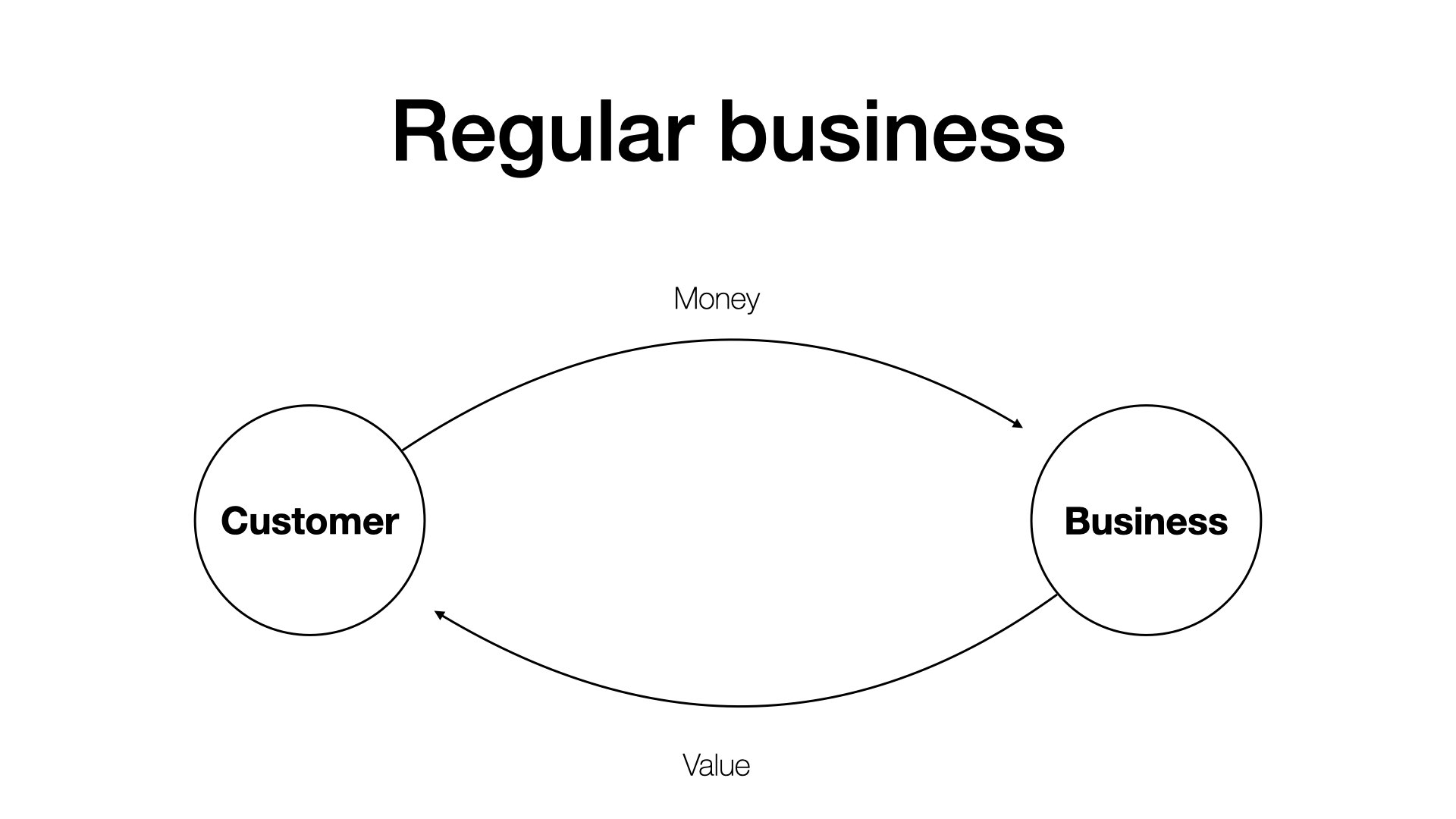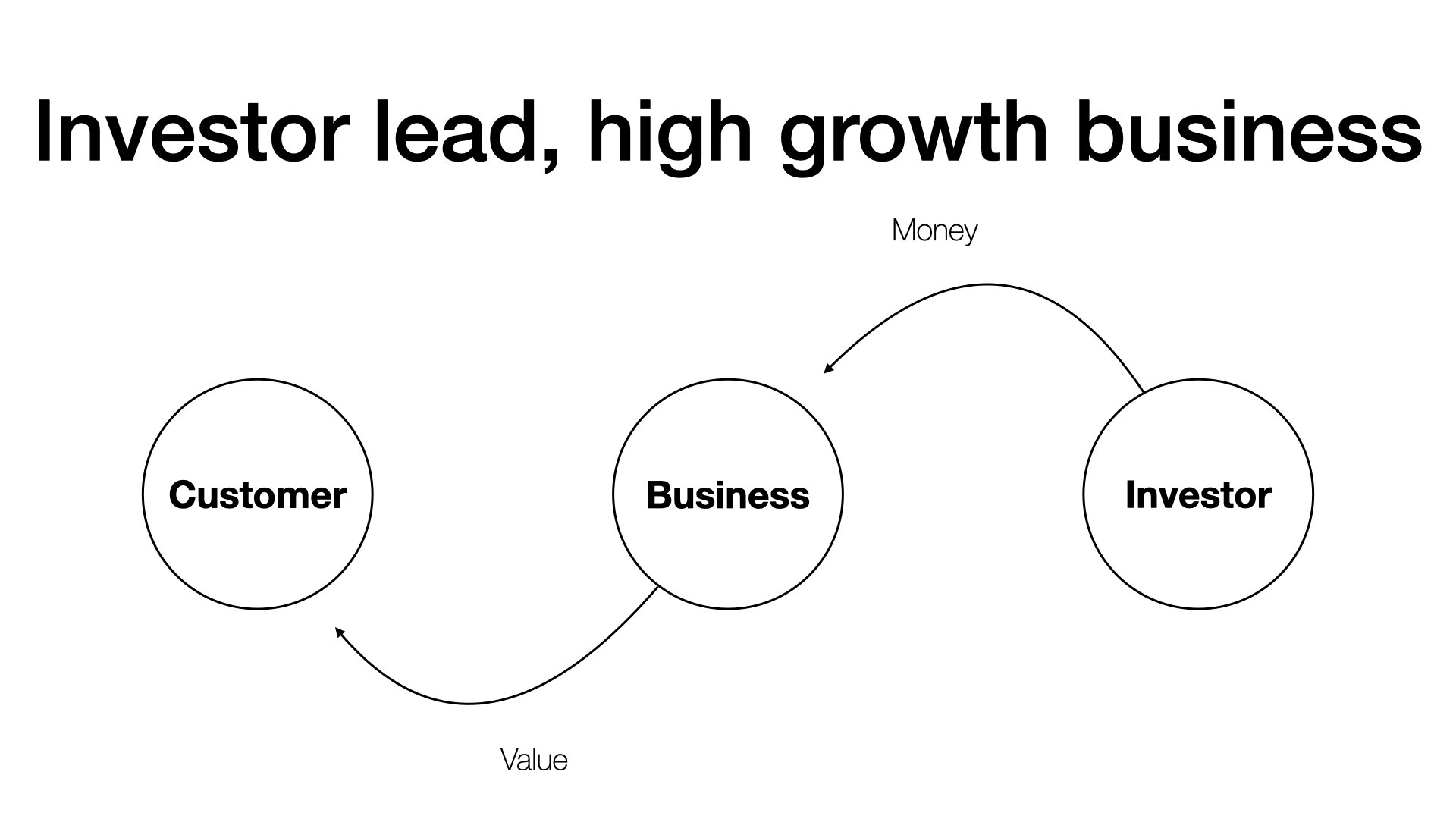Modern startups co-founder problems
Starting a startup is easy. But how hard is it to move on and accept that things will never be the same? Each startup phase demands different skills. Most founders fail to notice this.
7 November 2020
Read time: About 2:24 minutes, or the time it takes for developers to start coding an idea they had in shower
I was watching the Netflix original series Upstarts. The show is good so far but I came across this scene, which caught my attention.
This startup has three co-founders. They run through the runway period and come across a phase where they need money. Luck struck and the find one investor with daddy issues who offer capital in exchange of 25%. Leaving each co-founder with 25% of their own ownership.
The three co-founders divide the about as CEO, CTO and COO.
The scene which caught my attention was a discussion between these three. As their business grows the three co-founders, divide into a team of 2+1. Where CTO and COO are servicing their customers. While the CEO is running between investors.
The CTO and COO argue the CEO has lost his path as he is spending his time running behind investors.
The base of their fight is that CTO and COO are still true to their ideals serving their customers. The CEO is not really working towards the goal they set up starting out.
It's important for these three founders to understand the underlying issue here. There is a difference between a regular business and an investor funded business.
Operations of an old school regular business

The company produces a product or offers a service. Customers pay a price decided by the company, to get access to the service or own the product.
This cost includes
- for products: manufacturing cost, logistics cost, and
- for services: development cost, research cost, infrastructure cost, labour cost,
plus a surplus amount to factor in a profit.
The customer pays the full cost.
This dynamic changes in high growth businesses lead by investors.
How modern startups work

The aim of this business is to capture as much market as possible. There are many reasons for this type of business. some that come to my mind are:
- When your customer,
- base is broad,
- is uneducated about the benefits,
- needs to be addicted to paying for your service,
- When the market,
- is big,
- can be extremely lucrative, or
- has potential for many competitors,
- When your business model,
- runs on very thin margins, or
- works only when there's a huge customer base.
Again, grossly understating.
Business needs funds to run daily operations and pay salaries to all talents. In all above-stated cases, customers won't be paying for full price. Operating on loss is not a long term strategy. But it definitely works for short terms. (Yet, some startups have found ways to extend this short term period, into a pretty long term)
Customer is getting the service, but business is not receiving any money. Who will be paying for all the daily operations and talent salary?
Investors.
Investors are ready to take the risk and burn their money. Banking on the hope that the founders will turn a profit, sometimes in future.
Who is right?
So is running behind investor money really a bad thing? The interesting thing I found with the 3 co-founders from the movie is the inability to move on to the next phase.
The CEO, COO and CTO are still in the small room hacking together a service.
When you grow, the dynamics change. The sooner founders realise this, the less friction they endure while growing.
Who am I?
I have never really worked as a founder so it might be easy for my write articles on this. Funny and ironic even. But I find this topic fun to study.
These images are grossly understated. There a lot more depth to it. But to explain the difference I had to simplify it to this extent.
Watch Upstarts
Click here to watch the show on netlix
https://www.netflix.com/title/80998890